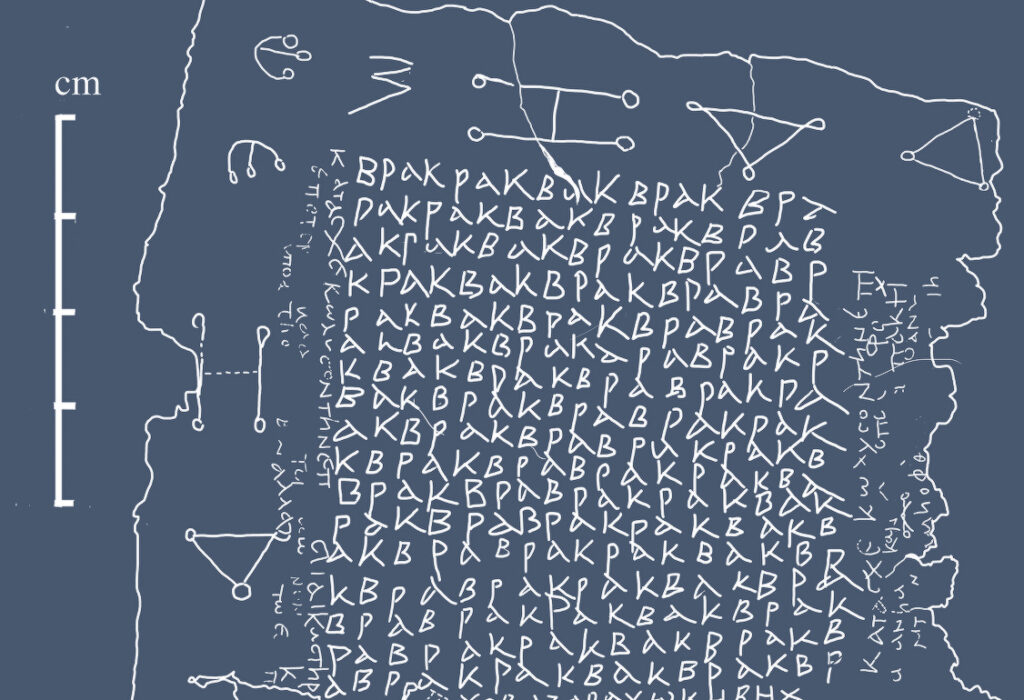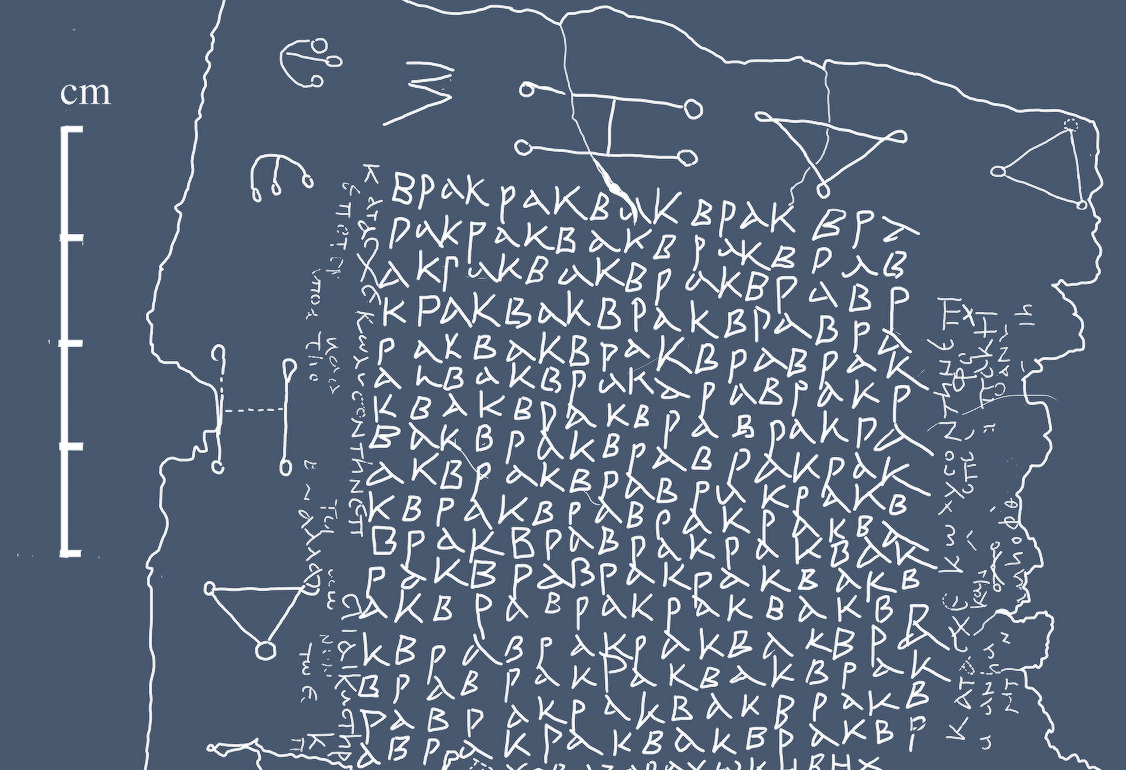
Link
https://papyri.uni-koeln.de/magica-levantina
Runtime
2016–2021
project participants
Institute for Classical Studies (University of Cologne), CCeH. Project lead: Dr. Robert Daniel (IfA, University of Cologne).
Funding
Funded by the DFG, see https://gepris.dfg.de/gepris/projekt/285891763.
Description
Magic in the Greco-Roman world is one of the focal points of papyrology in Cologne. Part of the documentation of this area of ancient religious history is provided by the Greek papyri of Egypt, such as the already published magical texts in the Cologne Papyrus Collection. There are also magical texts carved on metal plates. Many such as yet unpublished plates from the Middle East and Cyprus are held by the Israel Antiquities Authority, the Princeton University Museum, the British Museum, the Bibliothèque Nationale de France and the Jordanian Department of Antiquities.
The documentation and edition of these texts is the aim of the “Magica Levantina” project, which is being carried out by the Cologne Papyrology Department in collaboration with the CCeH. These are mostly curses that are difficult to read and carved on lead. Conventional digital images were generally of no help. Reflectance Transformation Imaging (RTI), a digital photographic process that captures the smallest irregularities of a surface under different incidences of light, represents a breakthrough. The resulting digitally amalgamated images can be displayed on screen in a wide variety of processing stages using special software. Lettering that is barely or not at all visible in the original under static light is made legible in this way. The combination of papyrology, epigraphy and RTI technology opens up archaeological finds and provides new foundations for social, literary and religious history.
